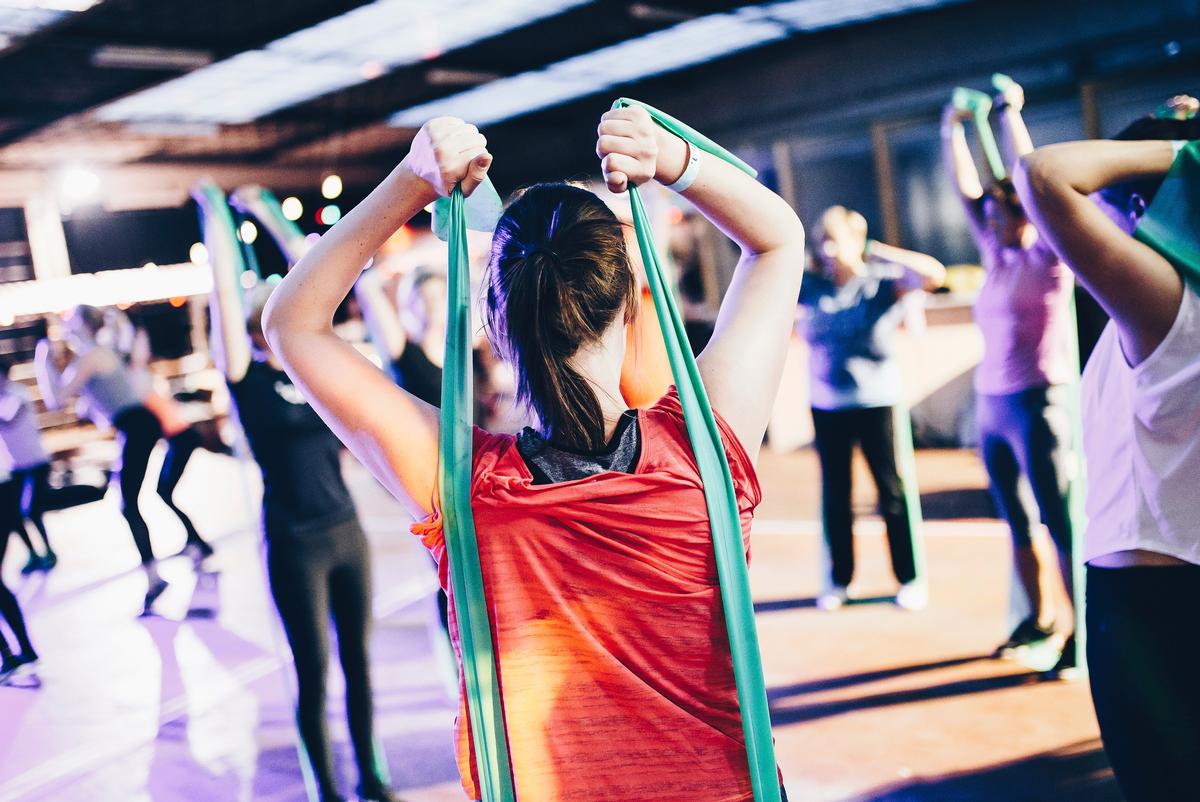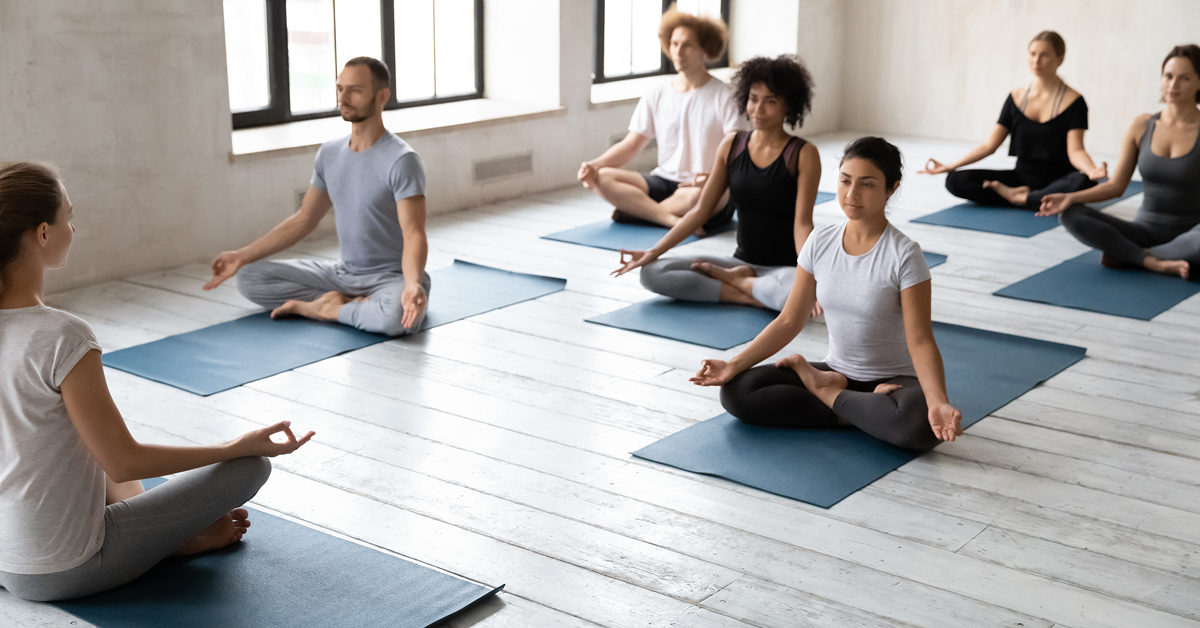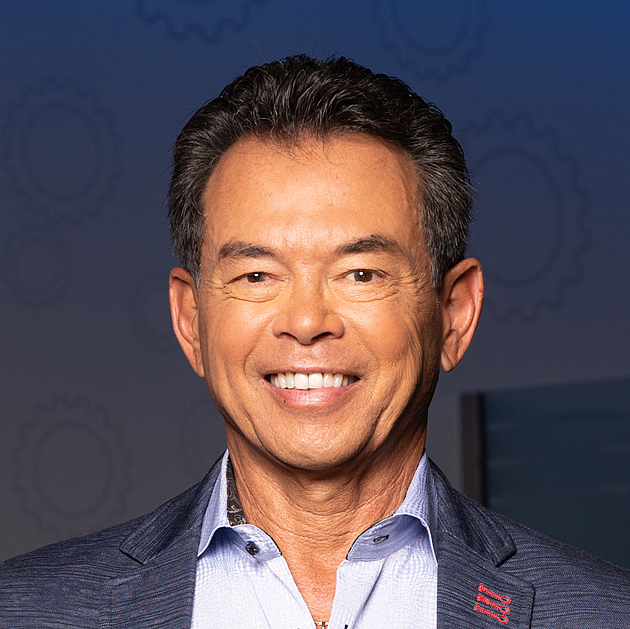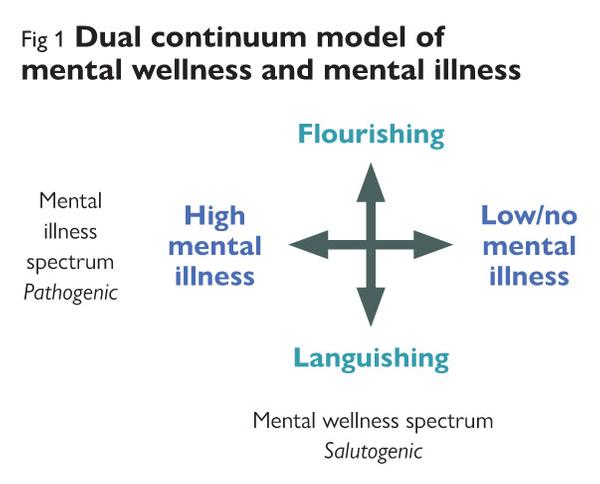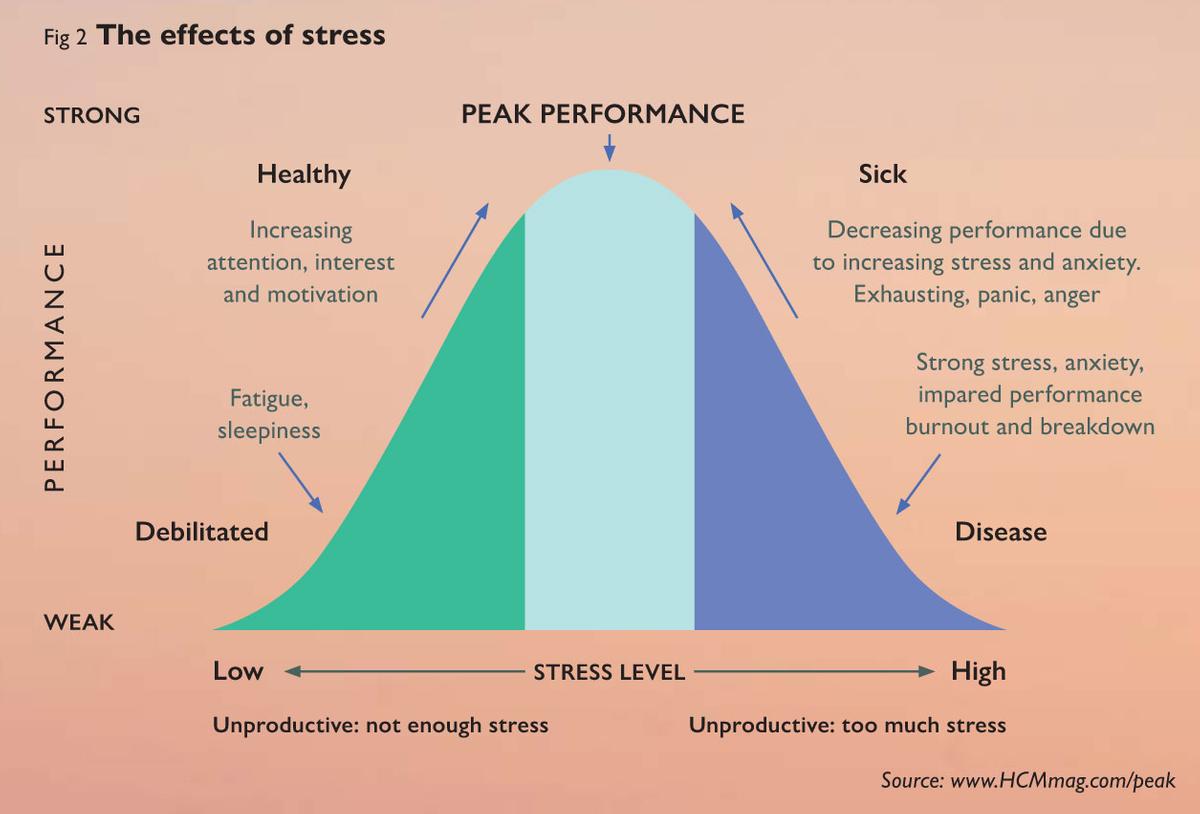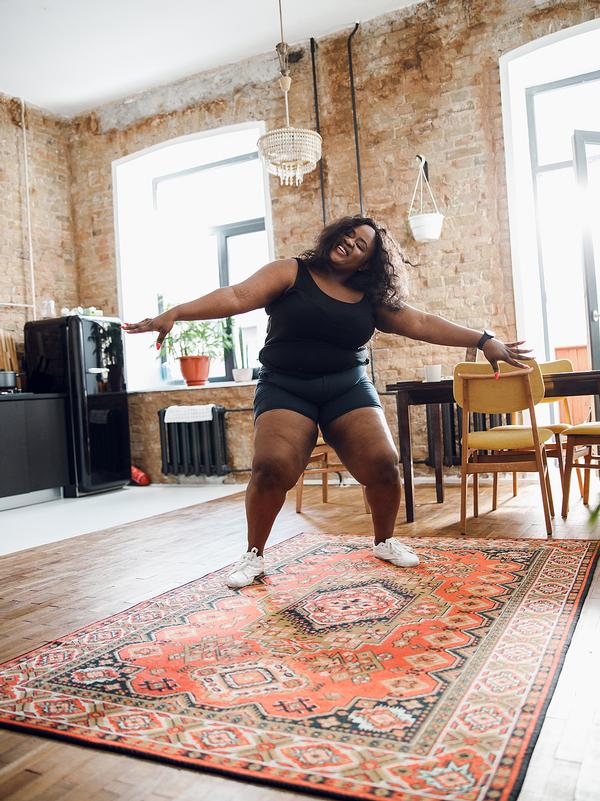Three decades of science make it clear: exercise should be integrated into the prevention and treatment of mental illness and the promotion of mental wellness.
Routinely moving our bodies helps us build mental and emotional wellbeing – whether pumping iron, owning the treadmill, strengthening the core with yoga or tai chi, or performing less rigorous activities, such as walking, motion is indisputably associated with mental health benefits.
These are the findings of the John W Brick Mental Health Foundation’s Move Your Mental Health Report, which analyses 1,000 scientific studies published over the last 30 years on the link between exercise and mental health.
These findings could not have come at a better time. According to Johns Hopkins Medicine, in any given year, 26 per cent of adults in the US suffer from some form of mental illness. The US Centers for Disease Control and Prevention estimates that percentage has doubled since the start of the pandemic.
This is because the two things that support mental wellness most powerfully are connectivity and coping skills, while the two things COVID-19 is causing are loneliness and lack of access to coping skills: quarantines separate people, creating loneliness, while they also block people from those who can provide them with coping support, such as fitness trainers, yoga instructors, and other wellbeing professionals.
Mental health is the ability to navigate and recover from emotional, social and psychological stress. It’s the resilience to cope with life events and maintain a general sense of happiness, contentment and wellbeing. As a result, it’s more of a journey than a destination.
What role do health clubs play in mitigating the mental health crisis? Traditionally mental health has been thought of as a horizontal continuum with little or no mental illness at one end, mild mental illness in the middle, and severe (high) levels of mental illness at the other. The main forms of treatment in this model are medication, psychoanalysis, and institutionalisation.
A new approach
In the new Dual Continuum Model, developed by the Global Wellness Institute, (as shown in Fig 1) there are two continuum.
The first is the traditional ‘horizontal’ approach which treats mental health issues as being pathogenic in nature and deals with the ‘disease’ of mental illness. This approach is focused more on the physiology of the condition and involves conventional clinical care.
The second, vertical continuum is salutogenic in nature – this is an approach that focuses on health and not on disease and involves more holistic approaches such as self-care. This model ranges from ‘languishing’ at the bottom to ‘flourishing’ at the top.
A person can be struggling with mental health issues (languishing) due to external factors such as poor lifestyle choices, external stress, and life events, even though they don’t have a clinical mental illness (sse Fig 2).
This is the case with gymnast Simone Biles and tennis pro Naomi Osaka. They’re experiencing challenges that arise more from external factors than pre-existing physiological ones.
Conversely, a person can be flourishing even if they have a clinical mental illness. For example, if they have a good diet, exercise regularly and have manageable stress in their life they can be happy and productive, even while having a mental illness such as schizophrenia.
At times, treatment in these circumstances could require the combination of pathogenic and salutogenic approaches, such as both medication and healthy lifestyle choices.
The law of positive stress
Much of the salutogenic/wellness continuum is related to the Yerkes-Dodson Law of Positive Stress. Simply put, this law states that performance improves when people are subject to the right amount of physical and mental stress. Too little stress and there’s no improvement. Too much stress and there’s a drop-off in progress, including in mental health improvement. Again, this is what happened to both Simone and Naomi: too much stress.
The health club industry has an essential part to play in the vertical continuum. Exercise and physical activity are salutogenic – they are all about wellness and self-care.
Most health club members who are suffering from mental health issues will be languishing because of external factors and/or poor self-care, not because of clinically diagnosed mental health issues. These are the people who will benefit from exercise the most.
The Move Your Mental Health Report analysed research studies by type of exercise and physical activity and rated them as to their effectiveness in benefiting mental health. The research overwhelmingly supports the beneficial role of exercise and physical activity in addressing mental health issues, particularly depression and anxiety – the two conditions that have been most exacerbated by the pandemic.
The report is not meant to imply that exercise and physical activity are the only way to improve mental health – although these were the two areas studied, there is still so much to learn when it comes to ways of improving mental health – but this much we know for sure; exercise and physical activity benefit mental health.
More than ever before, health club members are seeking support for their mental health. In 2019, when asked by Euromonitor, the international market research firm, why they work out, 10,000 respondents across all four major age groups: Baby Boomers, Generation X, Generation Y, and Generation Z, gave mental wellbeing as their main reason. These survey results were reported before the COVID-19 pandemic.
The need to support mental wellbeing is undoubtedly even higher now after 18 months of high stress levels being experienced by people all around the world.
Let’s take the opportunity to help change the way the world treats mental health.
If not us, who? If not now, when?
• Download 'Supporting Mental Health & Wellbeing: A toolkit for health & fitness centers'








